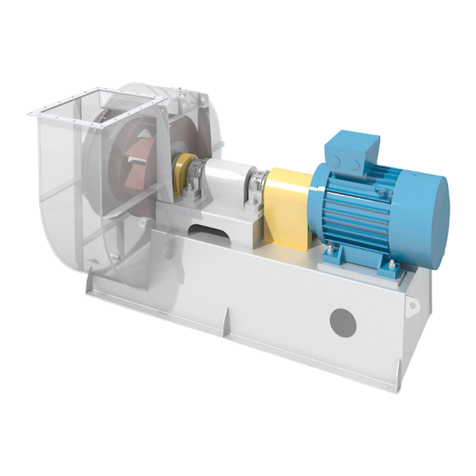Table of contents
0.1
1. Safety
1.1 General ..........................................................................................................1.1
1.2 Description of symbols and pictograms .........................................................1.2
1.3 Start-up ..........................................................................................................1.2
1.4 Servicing ........................................................................................................1.3
1.5 Cleaning.........................................................................................................1.3
1.6 Electrical safety..............................................................................................1.4
1.7 Description of labels and plates.....................................................................1.5
2. Application
2.1 Design conditions...........................................................................................2.1
2.2 Warranty.........................................................................................................2.1
3. Description
3.1 Design............................................................................................................3.1
3.2 Options...........................................................................................................3.1
4. Assembly and installation
4.1 Scope of supplies...........................................................................................4.1
4.2 Transport........................................................................................................4.1
4.3.1 Storage...........................................................................................................4.2
4.3.2 Stand-by operation.........................................................................................4.2
4.4 Installation site ...............................................................................................4.2
4.5 Electrical connection......................................................................................4.3
4.6 Inspection.......................................................................................................4.4
4.6.1 Mechanical testing .........................................................................................4.4
4.6.2 Electrical testing.............................................................................................4.4
5. Start-up
5.1 Putting the fan into operation.........................................................................5.1
5.2 Putting the fan out of operation......................................................................5.1
5.3 Transient behaviour .......................................................................................5.2
5.3.1 General ..........................................................................................................5.2
5.3.2 Direct starting.................................................................................................5.2
5.3.3 Star-delta starting...........................................................................................5.2
6. Care and maintenance
6.1 Lubrication......................................................................................................6.1
6.1.1 Drive motor.....................................................................................................6.1
6.1.2 Shaft seal.......................................................................................................6.1
6.2 Troubleshooting .............................................................................................6.2
6.3 Queries/Sending-out of fitter ..........................................................................6.4
Technical data see data sheet!




























